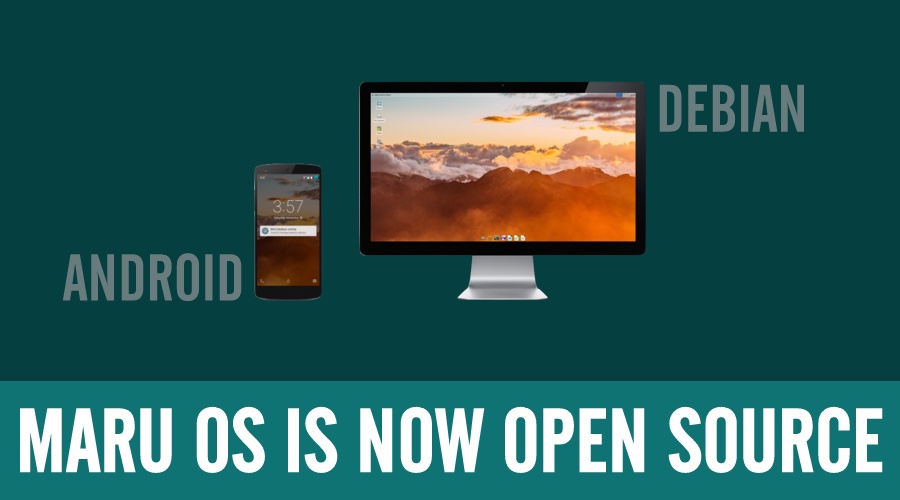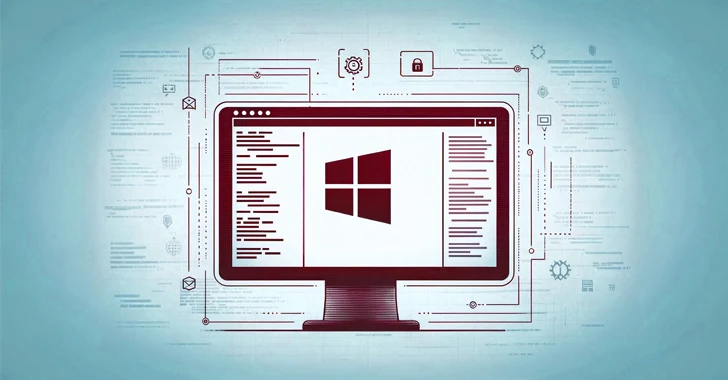 Short Bytes: Maru OS is an operating system that allows you to enable virtual environments on Android. This allows a person to connect an Android phone to a bigger screen and use it as a Debian desktop. Now, Maru OS is open source and developers are looking to port Maru OS on more smartphones.
Short Bytes: Maru OS is an operating system that allows you to enable virtual environments on Android. This allows a person to connect an Android phone to a bigger screen and use it as a Debian desktop. Now, Maru OS is open source and developers are looking to port Maru OS on more smartphones.
Recently, Maru OS made a debut on GitHub and offered its code to the open source community. Maru OS has now been made open source under the Apache License 2.0.
This sounds like an interesting development as some developers are already planning to port the software to support more smartphones. At the moment, the developers are focussing on Google Nexus devices and some older LG and Motorola phones. As Maru OS is now open, this list will surely grow.
The phone-desktop combos (Continuum, Ubuntu Unity phone OS) rely on a single operating system that operates differently for different hardware configuration. Maru OS employs a different approach by mixing Android and Debian Linux. These two modes share your phone’s hardware, storage, processing power.
Wondering how Maru OS works? Here’s what its GitHub page has to say:

The fact that both desktop and phone environments run simultaneously makes Maru OS more interesting. Just use Bluetooth to pair a mouse and keyboard, and your desktop work environment is ready.
At the moment, Maru OS is able to run Linux desktop app (Firefox, LibreOffice, GIMP etc.) and perform simple tasks. As our smartphones continue to become more powerful (more processing power, more RAM), Maru OS can allow one to replace a desktop computer entirely.
Did you find this concept interesting? Don’t forget to drop your feedback in the comments section below.
Also Read: Google’s New Open Source OS Fuchsia — What Can We Expect From It?










